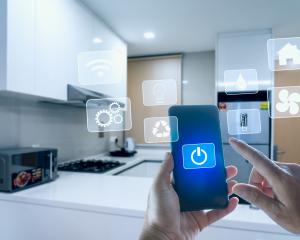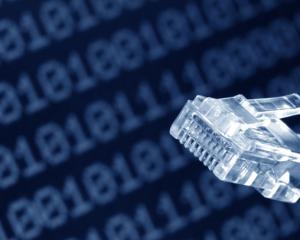Apple likes to call the iPod Touch a game-player, just in case anyone mistakes it for a serious iPhone.
For once, Apple is much too modest. The Touch, like the iPhone, is a game-changer.
It's the best iPod yet, surrounding iTunes with no-extra-charge internet access via Wi-Fi, slick touch-screen controls and the basic functions of a personal digital assistant.
Whatever the ads say, it's an even thinner, even sexier iPhone without the phone. It's also the first iPod I've bought.
Apple makes the finest software - iTunes is, by far, the best music interface - and gorgeous hardware.
But the iPod's sole function, at least until the Touch's introduction, was to get consumers into, and hooked on, the iTunes store.
The iTunes store has sold six billion songs, not one of them to me.
I won't buy until Apple sells music that matches a CD's fidelity instead of low-bit MP3 files.
But that's just me, the guy without the earbuds.
I have more than 17,000 songs on an external hard drive connected to my computer (a MacBook) and an audio system, every one of them ripped from CDs.
Yet my excitement about the Touch has not diminished since I bought it.
And the Mac, I've discovered, is the way to go when building a music server. So I'm not anti-Apple.
I own a first-generation, 2-gigabyte Nano, in fact, but couldn't even bring myself to buy it.
I did what I always do when I want something but am disgusted by the price - I ask for it as a gift.
My favourite portable music player remained a $35 refurbished Sansa e260.
The Sansa has an FM radio. The iPods don't.
The Sansa has expandable storage, so I added 2 gigabytes with a microSD card to the player's 4 gigabytes of built-in storage. The iPods don't.
When the Sansa battery died recently, I ordered another online for less than $10, unscrewed the back of the player and replaced the battery in less than three minutes.
When the Nano's battery died, I brought it to the local Apple Store, made an appointment to consult an Apple "Genius", then waited in line.
The Genius told me the battery could not be replaced - no iPod has a user-replaceable battery - but I could exchange this Nano for a used/refurbished Nano for $60.
I asked the Genius why Apple would design the Nano with a battery soldered to the motherboard, making it impossible for most people to replace it.
He didn't know the battery was soldered.
Anyone who persuades a first-generation Nano owner to pay $60 for a battery, though, is still a genius.
If I'm going to pay $60 for a battery, it had better be for a car.
The Touch, however, changed everything. Now I shop at the App Store, Apple's iTunes equivalent for the iPhone and Touch.
Much of it is free, such as a programme called Remote that uses my home network to turn the Touch into a remote control for iTunes and my sound system.
So I fire up the Touch, browse through my music library, view album art and playlists and select songs, or adjust volume - from anywhere in the house.
I don't need an FM radio now, because I've downloaded Pandora, the free personalised internet radio.
I've also downloaded an air-hockey game and a catalogue of the world's beers - both free.
I downloaded another app, as in application, that lists virtually every team and every player, year by year, in the history of Major League Baseball.
I can update a grocery list, look for a recipe and check the 36-hour forecast, play darts - all with downloaded apps - or browse the web wherever Wi-Fi is available.
I can even make almost-free phone calls with an application called Fring, Skype software and earphones with a built-in microphone.
It's hard to imagine this now, but with US President Barack Obama pushing for an "open internet" that might eventually include free nationwide Wi-Fi, the Touch could be just as revolutionary in its own way as the iPhone.
This much is sure: Digital music players will do more than just play music.




